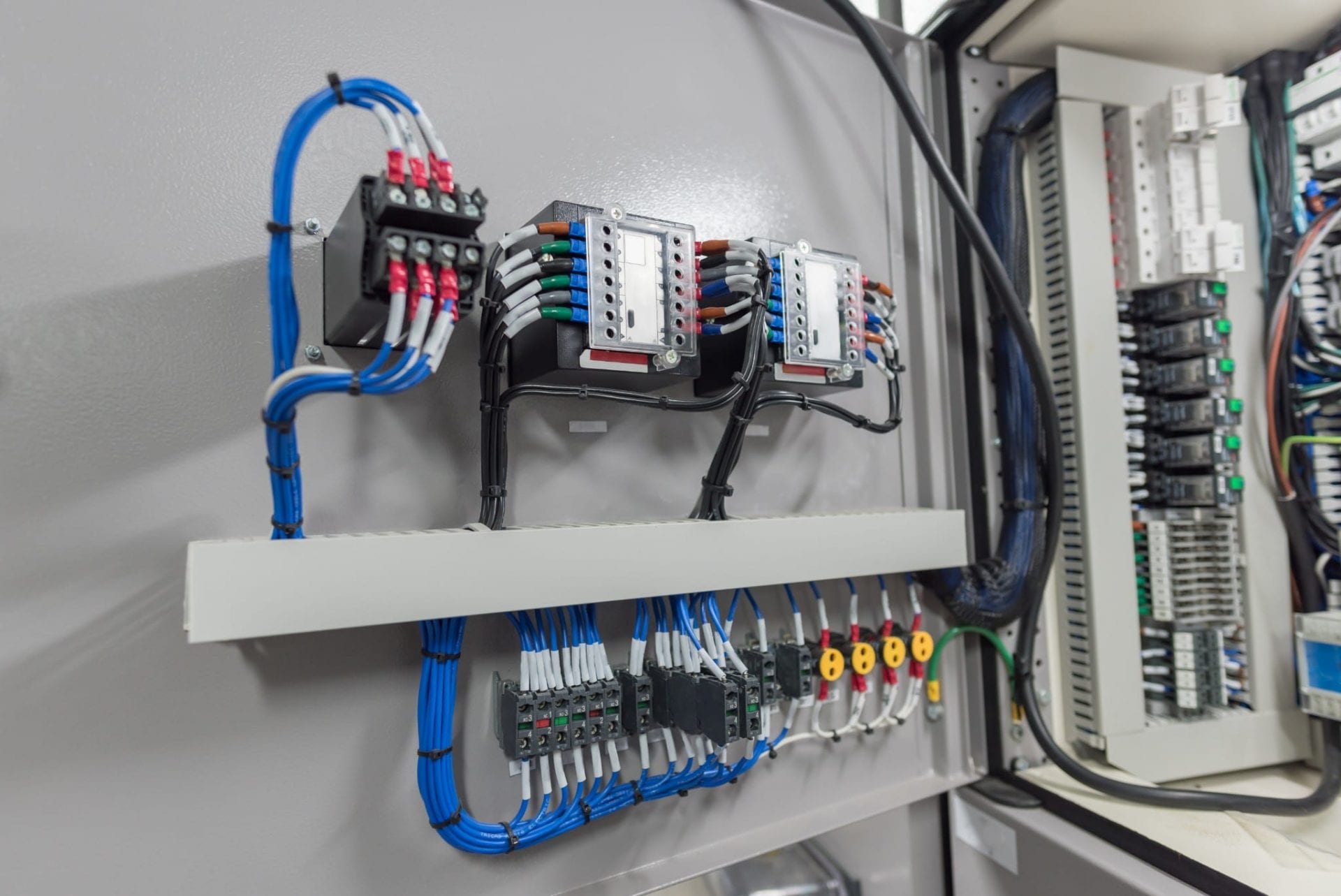The Fundamentals of Electrical Wiring: A Beginner's Guide

Electrical wiring is a crucial element of every home and understanding it is essential for every homeowner. Not only does it help to ensure the smooth functioning of your home but it’s also critical for your safety. In this post, we’ll discuss the basics of electrical wiring and the importance of safety and the advantages of hiring an accredited residential electrician to handle all of electrical wiring needs.
Understanding Electrical Wiring Basics
Electrical wiring is the network of electrical conductors that run throughout your home, providing electric power to appliances, devices, and lighting fixtures. It functions by creating electrical circuits which connect your electrical power source and your appliances. Electrical circuits consist of switches, wires as well as other components of electricity that function to form a secure and functional electrical system. There are different types of electrical wiring. These include copper, aluminum, and different types of wire insulation, such as PVC paper, rubber, or.
Preparation and Planning for Electrical Wiring
Before you install new electrical wiring, there are many things to think about, including the kind of wiring that you require, the power capacity for your current electrical systems and your power needs. In addition, it is essential to be aware of electrical rules and regulations for wiring as well as the permits that are required in your area. In order to prepare your electrical wiring system, you must create an electrical plan and assess your electrical requirements. This will help ensure that your electrical system is secure, efficient, and meets your power requirements.
Materials and Tools Required to conduct electrical wiring
When installing new electrical wiring, it is essential to have the proper tools and materials available. The most important tools are wire cutters, strippers, pliers, and an electrical voltage tester. Other components required to conduct electrical wiring are electrical tape, wire nuts, conduit, and electrical boxes. It’s also beneficial to have a wiring diagram that will guide you through the installation process.
Step-by-Step Guide to Electrical Wiring Installation
Installing electrical wiring can be an intimidating process however, with the right equipment and the right knowledge you can do it quickly and safely. This is a step-by-step guide to installing electrical wiring in your home:
Turn off the power to the location where you’ll be working.
Design the wiring layout and mark the location where the wiring will be positioned.
Install electrical conduits and electrical boxes where necessary.
Cut and strip the wires until the appropriate length.
Connect the wires to the fixtures or devices that you’re wiring.
Secure the wires in place using wire nuts, electrical tape, or even conduit straps.
Examine the wiring to confirm that it’s functioning correctly.
In the process of installing It is crucial to follow wiring installation best practices and tips. Also, be aware of the common mistakes in the installation of electrical wire, such as over-loading the circuits of damaged wires as well as using the wrong type of wire to accomplish the task.
Troubleshooting Electrical Wiring Problems
Even with careful design in the installation and design, wiring issues could develop. Common issues include wiring problems, overloads in circuits and electrical shorts. To solve these issues it is essential that you are aware of the most common electrical wiring issues and know how to effectively and safely solve them. In addition, it is essential to follow electrical safety procedures in the event of a problem with electrical wiring, such as turning off the power and wearing appropriate safety equipment.
Conclusion
In the end, knowing about electrical wiring in your home is crucial for your safety and for the proper operation of your electrical system. It is crucial to engage an authorized electrician to ensure that your wiring is installed and maintained in a proper manner. At Local Electrician Mosman, we provide an array of electrical services, including electrical wiring installation and repair. Reach out to Local Electrician Mosman at 1300 941 876 to discuss all your electrical wiring requirements.
Electrical Wiring FAQ
Here are some commonly asked questions regarding electrical wiring, as well as extra safety advice and the best practices for electrical wiring repair and installation:
What type of wire do I need to use for my electrical wiring?
The kind of wire you should use for your electrical wiring will depend on the particular requirements of your project and local building codes. It is essential to choose the correct wire gauge, insulation type, and wire materials to ensure the security and effectiveness for your wiring system.
Do I have to install an electrical wire of my own?
While it is possible to build the wiring yourself, it is essential to have the proper skills and knowledge to do so safely and efficiently. In most cases it is advised to hire an experienced electrician to ensure that your wiring is properly installed and maintained properly.
How often do I need to be having my electrical wiring checked?
It is recommended to examine your electrical wiring every 10 years or whenever you spot signs of electrical problems, such as frequent circuit breaker trips or electric shocks.
What should I do if I discover electrical wiring issues in my house?
If you observe any electrical wiring issues within your home, for example, flickering lights or outlets that won’t work, it is important to fix them right away. Switch off the power source to the affected area and then contact an authorized electrician to assess and repair the issue.
By following these suggestions and the best methods, you can be sure the electrical wires are secure and operating correctly. Make sure you are taking safety into consideration and seek out a licensed electrician when needed. Call Local Electrician Mosman at 1300 941 876 to discuss all of electrical wiring issues.
